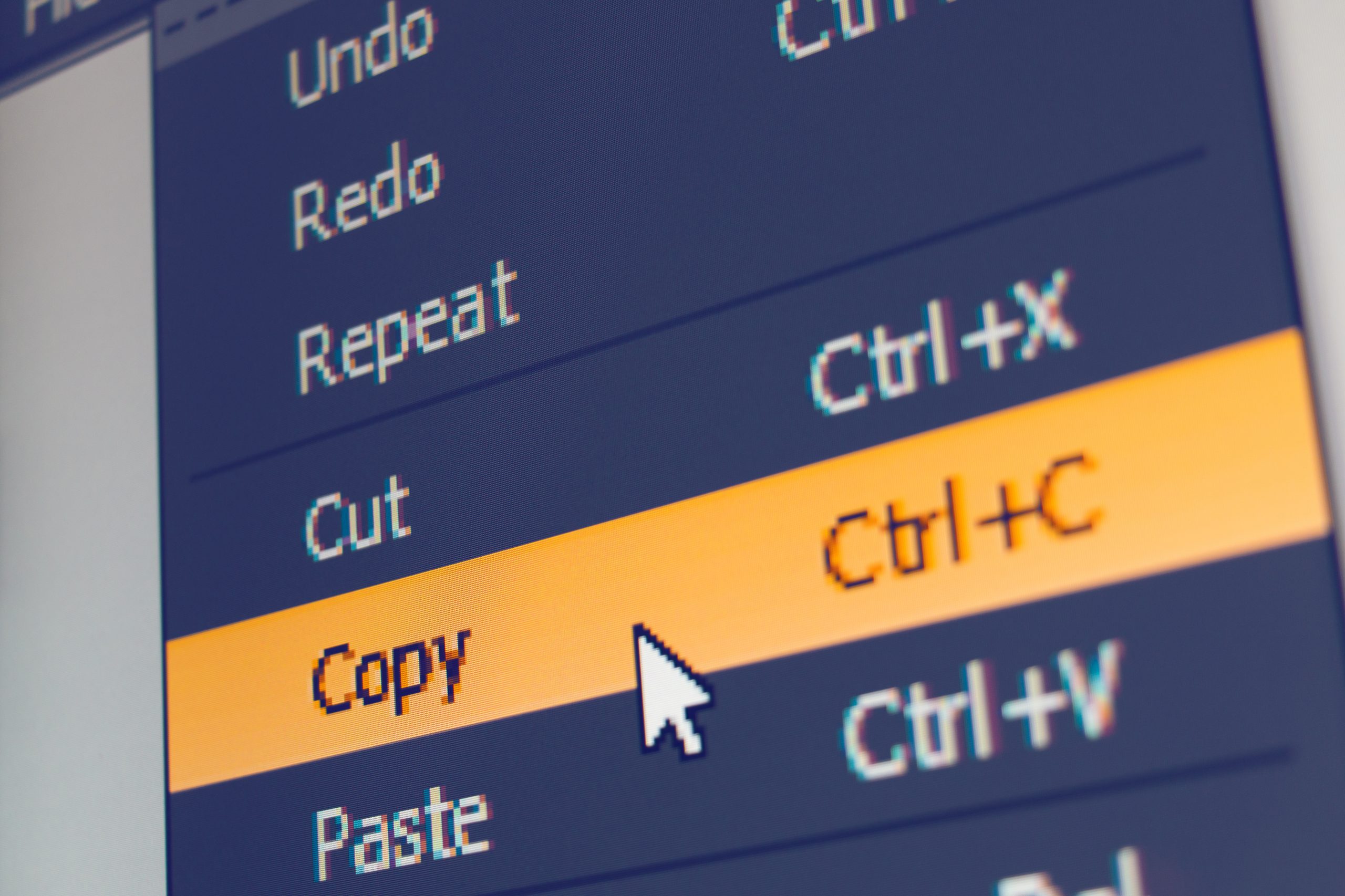Most of us have may have sought the help of artificial intelligence in seeking answers for ‘how-to’ questions or in initiating specific commands on our computers. In most instances, it’s not out of sheer laziness but merely due to lack of knowledge.
Let’s face it, not all of us are computer-savvy. Whether a self-confessed beginner or an intermediate computer user, we hope you’ll find these computer tricks useful in improving your device’s productivity and security:
1. Utilize Search Engines
These days, more people rely on search engines to ask about anything–from the best-selling books and the most sought-after gift items to valuable tips on cooking, baking, cleaning cars, and even troubleshooting engines.
You can get almost all the answers you want. That’s why if you ever get serious problems with your machine, just key in ‘managed IT company‘ to look for information technology (IT) professionals who could help you out.
2. Use Cloud To Increase Device Storage
Anything that you can access online instead of your computer hard drive is stored in the ‘cloud.’ Take note that you’re using cloud services all the time. For instance, while accessing your web-based email. This is because all your data is kept on online servers.
Despite its reliability, you can never go wrong in keeping your cloud data secure, especially since the information stored in the cloud may become vulnerable to the ever-evolving cyberhackers.
3. Taking A Screenshot
Did you know that you don’t have to whip out your mobile phone to take photos of your computer screen? Windows users can click the Prnt Scrn (print screen)button to take the photo, followed by the Windows keyto save the image. You may also use the snipping tool to take cropped images on your screen.
Mac users can press Shift, Command, and the number 3 key simultaneously. Meanwhile, clicking Shift, Command, and 4 allows you to crop a section of your screen.
4. Sharing Photos Between Your Phone And Computer
iOS users are fortunate to enjoy the Continuity Camera feature in their devices, which makes sharing photos from their phones and computers seamless. To use this, check the File menu on your PC and look for Insert from Your iPhone or iPad. Next, click on either ‘Take Photo’ or ‘Scan Document’ to activate the camera on your mobile phone. This way, you can snap a photo and have it automatically transferred to your desktop.
For Windows-operated and Android devices, you can use various apps to streamline the photo-sharing process across multiple mobile platforms.
5. Check Why Your Computer Is Slowing Down
If your computer is working slower than usual or is freezing often, check the culprit by using the Task Manager on your Windows computer. HitCtrl + Shift + Escfor instant access. This replaces the usual Ctrl + Alt + Del, which most people are familiar with. Determine that most energy-hungry app and shut it down. Check for the background applications that are slowing down your computer as well.
If you’re on Mac, check Command + Spacebar to get the Spotlight search field, type “Activity monitor.” You may also click Finder> Applications> Activity Monitor.
6. Controlling Multiple Monitors
To manage multiple monitors, you have to become familiar with handy keyboard shortcuts to increase productivity. For instance, if you press the Windows key and any one of the Arrow keys simultaneously, you can change the positioning of the current program to a particular side of the screen.
Meanwhile, pressing Shift, the Windows key, and any Arrow key simultaneously moves one window to another monitor. Additionally, Windows + P opens a menu that allows you to set up a second display or projector.
7. Security Hacks
Much like protecting your account from hackers, these are the ways you can avoid prying eyes from accessing your computer files:
- Protecting files with a password: Preventing access to sensitive files can be done by creating an encrypted archive. Both Windows and Mac users can choose from among the few paid and free apps. To do this, create a new archive, select to encrypt its contents, and then protect the file with a password.
- Locking your computer: Press Windows + Lto lock your system right away. Once you’re ready to use your computer, all you have to do is enter your password.
On macOS, click Command + Option + Power to log off. Devices running on High Sierra can use shortcut Command + Control + Q.
- Use private browsing: Hit Ctrl + Shift + N on Chrome, or Ctrl + Shift + P on Firefox and Internet Explorer.
Takeaway
These are only a few of the many ways to increase the productivity and security of your computers. Study these shortcuts and commands to make the most out of your device.

